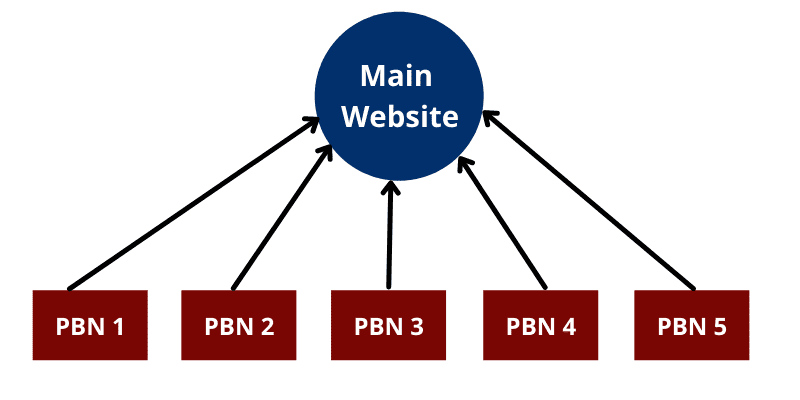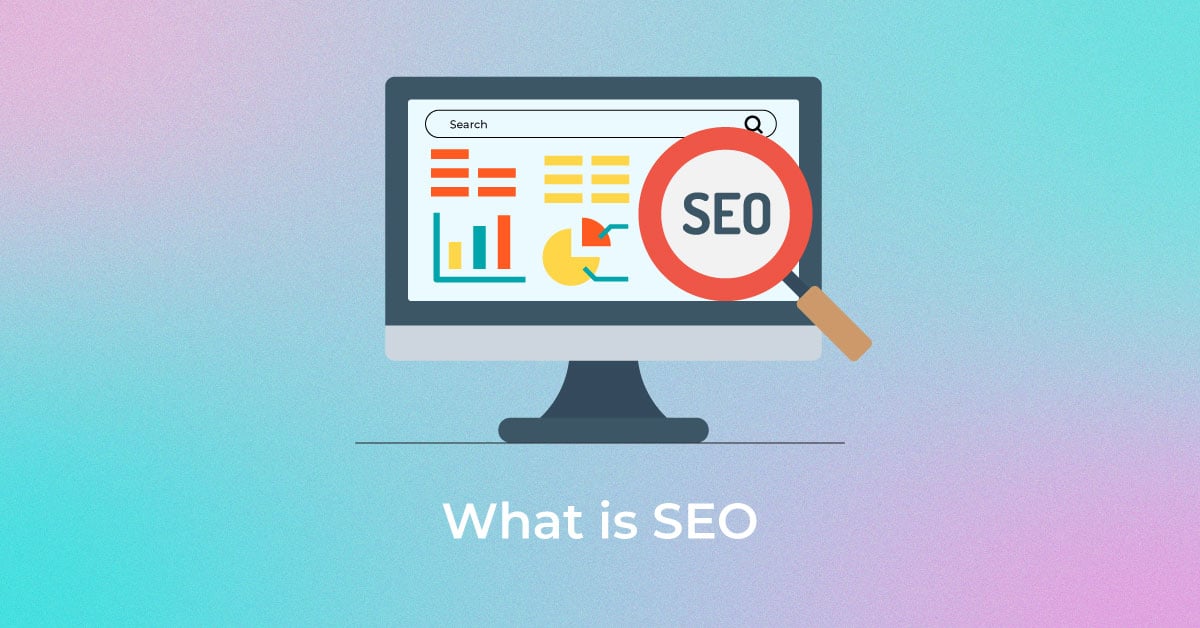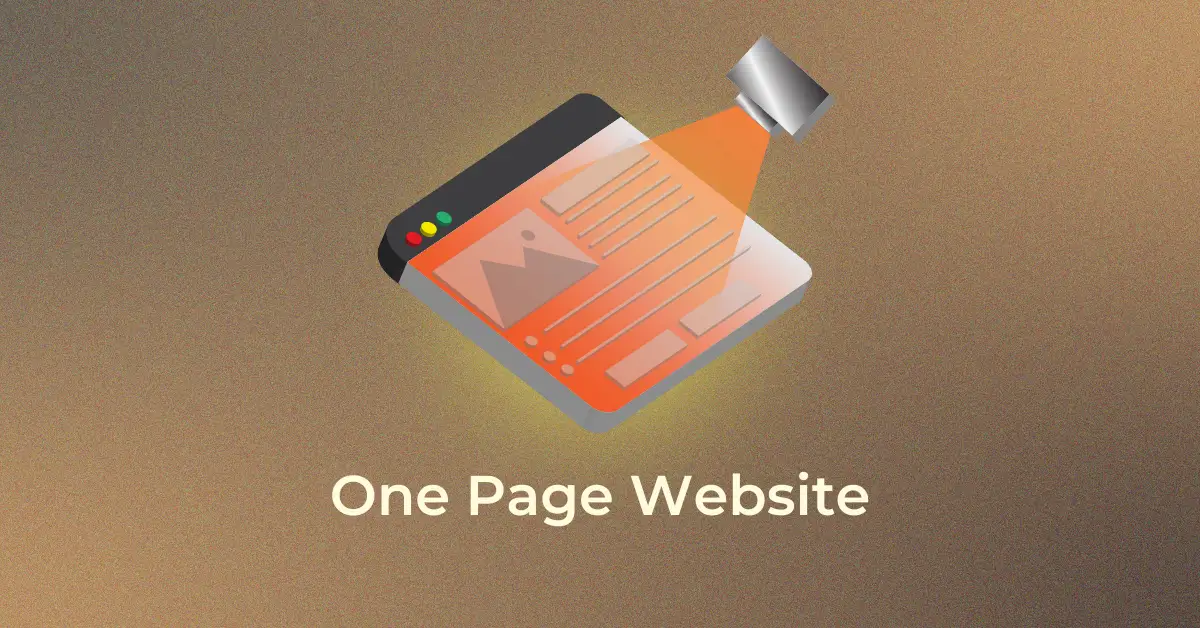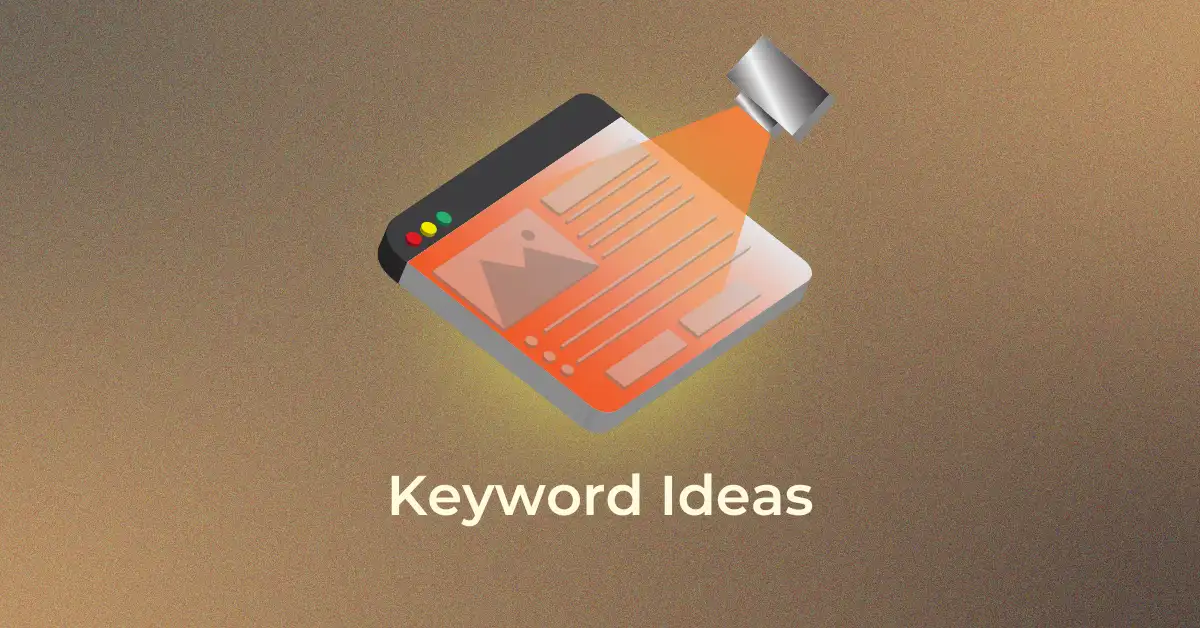A decade ago, SEO was often seen as a way to game search engine algorithms for higher rankings. This led to the rise of black hat SEO—a set of manipulative tactics designed to exploit search engine loopholes. While these techniques once offered quick wins, advancements in Google’s algorithms have made them more harmful than beneficial.
Today, search engines prioritize user experience and content quality, penalizing websites that use deceptive SEO methods. Instead of relying on risky shortcuts, businesses should focus on ethical, long-term SEO strategies that align with Google’s Webmaster Guidelines. Let’s dive into what black hat SEO is and why avoiding it is crucial for sustainable online success.
What is Black Hat SEO?
Black Hat SEO refers to a set of unethical practices used to manipulate search engine rankings. These techniques violate Google’s guidelines and focus on achieving quick ranking boosts rather than long-term success. Some commonly used Black Hat SEO tactics include keyword stuffing, cloaking, paid links, doorway pages, hidden content, and duplicate content.
While these strategies may temporarily improve rankings, they come with significant risks, such as penalties, deindexing, and loss of credibility. Search engines continually update their algorithms to detect and penalize such practices. Instead of relying on shortcuts, ethical SEO (White Hat SEO) ensures sustainable growth by prioritizing user experience and adhering to best practices.
White Hat SEO vs Black Hat SEO
SEO strategies fall into two categories: White Hat SEO and Black Hat SEO, based on their approach to improving search rankings.
Black Hat SEO:
Black Hat SEO involves unethical tactics that manipulate search engine algorithms for quick ranking boosts. These methods—such as keyword stuffing, cloaking, buying links, and using doorway pages—violate search engine guidelines and can lead to severe penalties, including deindexing.
White Hat SEO:
White Hat SEO follows ethical practices that comply with search engine rules. It focuses on valuable content, user-friendly website optimization, and natural link-building to achieve sustainable rankings without the risk of penalties.
While White Hat SEO is the ideal approach for long-term success, many still turn to Black Hat SEO for quick results—despite the risks involved. In the next section, we’ll explore some of the most common Black Hat SEO techniques you should avoid to protect your website’s credibility and rankings.
Black Hat SEO Techniques: Risky Tactics to Avoid for Long-Term Success

-
Keyword Stuffing
Keyword stuffing is a black hat SEO tactic where too many keywords are forced into content to trick search engines. This involves the excessive repetition of words and phrases to deceive search engine algorithms. However, this practice harms user experience and can lead to penalties. Instead, focus on natural keyword integration and high-quality content for sustainable SEO success.

-
Duplicate Content
Duplicate content is a black hat SEO method where identical or highly similar content appears on multiple pages or websites. This can confuse search engines and harm rankings. Google strictly discourages copied content and favors originality. To avoid penalties, always create unique and valuable content for a better user experience.

-
Cloaking
Cloaking is a Black Hat SEO technique that tricks search engines by displaying different content to them than what users see. This is done to manipulate rankings and mislead both search engines and visitors.
Two common ways that cloaking is used:
- Showing a simple, text-heavy page to search engines while displaying a visually rich page with CSS, JavaScript, and images to users.
- Embedding hidden keywords or text that is only visible to search engine bots but not to human visitors.
Since cloaking violates search engine guidelines, websites using this method risk severe penalties, including lower rankings or complete removal from search results. Ethical SEO focuses on transparency and providing relevant content to both users and search engines.
This is done in two ways:
- Showing an HTML text page to search engines, while showing a page full of CSS, JS, and image-heavy content to users.
- Embedding text or keywords into a page and displaying this page only when the user-agent crawling the page is a search engine, not a human guest.

-
Buying Links
Buying links is a deceptive tactic in the list of black hat SEO techniques, where websites pay for backlinks to boost rankings. Many agencies sell these links, but they are often low-quality and can harm your site’s credibility. Search engines discourage this practice, and penalties can follow. Instead, focus on earning organic, high-quality backlinks through ethical SEO strategies.

-
Doorway Pages
Doorway pages, also known as bridge or jump pages, are a black hat SEO strategy designed to rank for specific keywords but provide no real value to users. These pages act as bait, redirecting visitors to unrelated or low-quality destinations. Since doorway pages mislead both users and search engines, they can lead to heavy penalties, including lower rankings or deindexing. Ethical SEO focuses on delivering valuable, relevant content instead.

-
Link Farming
A link farm is a site or group of sites created exclusively for link building. Every site in a link farm points to a site that is to be ranked higher on search engine results pages. Web crawlers rank a site by taking into consideration the number of websites that point to it, among other elements. Black Hat SEO makes use of this by increasing the number of backlinks a specific site gets from such link farms.
-
Invisible Text or Links
A rather shabby attempt, this technique involves placing white text on a white background. The intention here is to match the text colour to the colour of the background. By doing so, website owners hide their keywords from users but make it visible to the Google bot. A similar practice is carried out for links.
-
Spamming in Blog Comments
Ah, the intellectuals and scholars in the comments section. This is a strategy that involves adding comments on blog pages, along with a link to their website. This is purely and solely done with the expectation of getting a backlink from that particular site. Google now disregards such links from blogs; the website owners set the links as no-follow by default.

-
Incorrect Re-directs
Redirects are a great technique to redirect the user to a proper functioning page if the current page is facing issues. Website owners use 301 redirects in such cases. However, the black hat “experts” use these redirects to lead the user to another page altogether. In this way, they deceive both the Google bot and users by showing them to a page with a bad URL which they did not intend to visit.
-
Private Blog Networks(PBN)
A private blog network (PBN) is a group of authority websites used primarily for link-building purposes. The PBN sites link to the main website using low-quality links with the intention of influencing the search engine. Each of these PBN sites links to the main site without linking to one another. Usually, PBNs make use of expired domains to link to, which are sites that had previously earned some kind of authority. PBN is one of the black hat SEO techniques as these expired domains are solely purchased to be made into private blog networks to create manipulative outbound links.

-
Overly optimized pages
Too much optimization can harm a website rather than help it. This Black Hat SEO tactic involves excessive use of on-page elements like keyword-stuffed titles, over-optimized anchor text, and an excessive number of internal links. While SEO is essential, overdoing it can trigger search engine penalties. A balanced approach focusing on user experience and natural optimization is the key to sustainable rankings.
-
Bait and Switch
When using Bait and Switch, the initial step consists of writing a page for Google while including a set of keywords and, after ranking improves, changing it to different products and projects. Hence, a user gets to see something completely different from the topic they clicked on. This practice is also called Page Swapping, and it is used to trick users and search engines. Such unethical practices make up what is Black Hat SEO.
-
Clickbait
Clickbait is an impressive and noticeable headline written to tempt users to click on the link. This is a copywriting approach often used to draw attention by overemphasizing a topic to encourage a visitor to click on a link that leads to irrelevant content. Methods such as these are used to bring in income derived from the number of clicks. It is an algorithm excessively used in tabloids and makes up a huge chunk of what is black hat SEO.
-
Guest Post Spam
This is a Black Hat Technique used to get backlinks where messages are sent to bloggers to publish an irrelevant article with a do-follow link. Links to such articles during guest blogging activities can affect a site’s ranking. Despite being of poor quality, these linked blogs are still posted on irrelevant websites just for the sake of link-building.
-
Negative SEO
This refers to the practice of using black hat SEO practices to disrupt a rival’s rankings in search engines. The steps include:
- Hacking the website
- Building numerous spammy links to the website
- Copying the content and spreading it all over the internet
- Pointing links to the website using various keywords
- Removing the best backlinks from the website
-
Automated Google queries
This is a black hat SEO practise where software is used to generate automated searches for particular keywords to make the site rank higher in search results. Automated queries are not allowed without prior permission by Google. Sending automated Google queries means the software is used to expand the total searches for a specified keyword to rank higher in SERP.
-
Rich snippet markup spam
Rich snippets provide more information about the content in a website. You can change the snippet in such a way that your content stands out from the competition on the SERP. This great opportunity is now being misused by spammers so much that Google has issued a strict ‘report rich snippet spam’ tool. When web admins mark up content not visible to users or provide misleading and unrelated content, reviews, and videos, it is considered rich snippet spamming. Providing false reviews and ratings, inaccurate or misleading information, fake or nonexistent videos in the rich snippet content is a classic example of black hat SEO techniques.
-
Article Spinning
Article spinning belongs to the notorious black hat SEO techniques and is a rather popular one as well. While search engines appreciate great content, a spun article is highly penalized by Google. Usually, an article is spun manually or using a computer program – where the content is rewritten using synonyms and manipulating the sentence structure. The main intention of using spun articles is to spin thousands of content and post it to many websites simultaneously. The spun articles are not unique, don’t provide helpful information, and are generally not readable.

AI-Generated Content at a scale
Generating content in bulk using AI without human oversight is a black hat SEO technique that can lead to low-quality, repetitive, and unoriginal content. Search engines penalize such practices, prioritizing valuable, user-focused content. To avoid penalties, AI-generated text should always be reviewed, refined, and optimized by human editors.
Rich Snippets Spam
Rich snippets spam is a black hat SEO method where websites use misleading or false structured data to manipulate search results. This can involve adding fake reviews, ratings, or irrelevant schema markup to gain visibility. Search engines penalize such deceptive practices, so it’s essential to use structured data ethically and accurately.
All of this can backfire and may end up getting you penalized by Google as your efforts will be considered as black hat SEO practices.
How to Report Black Hat SEO?
Reporting Black Hat SEO techniques is essential to maintaining fair search rankings. There are two main scenarios where action is needed:
- When Your Website Is Targeted – If your site is attacked by negative SEO tactics such as spammy backlinks, malware, or hacking, take immediate action. First, remove any malicious content, then request a malware review from Google. If harmful backlinks are affecting your site, contact the linking webmasters for removal or use Google’s Disavow Links Tool in Search Console.
- When You Spot Black Hat SEO in Search Results – If competitors manipulate rankings using tactics like keyword stuffing, cloaking, or link spam, report them using the Google Search Console Spam Report. However, making false reports against competitors is also considered unethical and can have consequences.
Search engines review these reports carefully and may penalize or remove violating websites. Taking action against Black Hat SEO helps create a more transparent and fair search environment.
Why Should One Avoid Black Hat SEO?
While Black Hat SEO isn’t illegal, it violates search engine guidelines and can lead to severe penalties. Websites using these black hat SEO tactics risk:
- Instant De-ranking – Pages can lose their rankings quickly.
- Domain Blacklisting – In extreme cases, Google may completely remove a site from search results.
- Traffic & Revenue Loss – A penalized website receives less traffic, leading to fewer customers.
- Reputation Damage – Unethical practices harm credibility and trust.
Although some agencies offer Google penalty recovery services, recovering lost rankings is difficult and time-consuming. Instead of taking shortcuts, businesses should invest in White Hat SEO for long-term growth, sustainable rankings, and a strong online presence.
How to Avoid Black Hat SEO?
- Avoid Cloaking: Providing inconsistent details to the search engine and the users can cause your site to be banned.
- Write good quality content: Nothing beats the power of high quality and valuable content that visitors find helpful.
- Follow structured data guidelines: This will help you show up higher on the search engine’s list and rank much better without having to use black hat SEO tricks.
- Never buy or sell links: Buying or selling links for better traffic might seem worth it in the short run, but is a huge risk not worth taking.
- Avoid private blog networks: Private blog networks can be the kiss of death for your website. Google will penalize your website or ban it from appearing on the search list.
- Stay up to date with search engine guidelines: Once you understand what is black hat SEO, researching the updated search engine guidelines will keep you on track with the latest rules and regulations to avoid black hat methods.
Best Practices to Avoid Black Hat SEO
Prioritize valuable content
Focus on creating high-quality, user-friendly content that provides real value. Ensure readability, fast loading speeds, and engaging formats to enhance user experience and encourage organic traffic growth.
Follow ethical link-building strategies
Earn backlinks naturally through guest posting, collaborations, and high-value content. Avoid buying links or using spammy link schemes, as these violate search engine guidelines.
Optimize Website Structure
A well-structured website improves user experience and SEO performance. Use clear menus, internal linking, and mobile-friendly designs to help both users and search engines navigate easily.
Leverage Data-Driven SEO
Rely on analytics to optimize content, keywords, and strategies. Track performance metrics and adjust tactics based on real user behavior rather than quick-ranking tricks.
Stay Updated with Algorithms
Stay informed about Google’s updates to align with best practices. Adapting to new guidelines ensures long-term SEO success without the risk of penalties.
Conduct Regular Audits
Conduct regular SEO audits to identify issues like broken links, duplicate content, or spammy backlinks. Fix problems promptly to maintain compliance and protect rankings.
The final word
It is understandable that we all want to rank higher in Google search results and achieve better sessions. Any technique is a good technique unless it hampers or does not abide by the Google Search Engine Guidelines.
So now it’s your choice whether you want to be the villain who tries to get things in a faster but rather crooked way or the hero who does all the right things to achieve results.
White Hat heroes or Black Hat villains? Which side are you on? Let us know in the comments section.
FAQ’S
-
What is Black Hat SEO?
Black Hat SEO is a set of ill practices against the search engine guidelines laid out by Google to rank higher on SERPs. It is the practice of manipulating SERPs through unethical SEO.
-
Why is Black Hat SEO Unethical?
Black hat SEO is treated unethical as it not only goes against Google’s Webmaster Guidelines but also tricks both users and the search engines for improving rankings.
-
Does Black Hat SEO Still Work?
Black hat SEO works but for a shorter period of time. Performing black hat SEO will get you penalized, resulting in dropping down the search results or being removed absolutely from the SERPs.
-
What Are the Consequences of Using Black Hat SEO?
Using black hat SEO can lead to severe penalties, including ranking drops, deindexing from search results, and loss of website credibility. Search engines may blacklist your domain, making it difficult to recover organic traffic. Additionally, businesses risk losing customer trust and potential revenue.
-
How does Google detect Black Hat SEO practices?
Google uses advanced algorithms like Penguin and manual reviews to detect black hat tactics. It analyzes unnatural link patterns, keyword stuffing, cloaking, and duplicate content. AI-powered spam detection further identifies manipulative SEO strategies, ensuring only high-quality content ranks.
-
How Can I Recover from a Black Hat SEO Penalty?
To recover, identify and remove black hat practices from your site. Use Google Search Console to check for manual penalties, disavow toxic backlinks, and improve content quality. Submit a reconsideration request to Google after making necessary changes.
-
How long does it take to recover from a Black Hat SEO penalty?
Recovery time varies based on the severity of the penalty. Minor penalties may take weeks, while major ones can take months. After fixing issues, Google may take time to reevaluate your site before rankings improve.
Popular Searches
How useful was this post?
0 / 5. 0


















15 thoughts on “What is Black Hat SEO? 20 Risky Tactics to Avoid for Long-Term Success”
Hi sir, It is really helpful.
It helps me a lot to know about new things like this.
As a blogger, I think this is very important to me.
Thank you so much.
Thanks, Kaushik. Read our latest posts for more updates.
Thank you for sharing a wonderful post.
Thank you for sharing your feedback. Read our latest blogs for more updates.
Thanks for this helpful knowledge.
Thanks. Check out our latest posts for more updates.
Thanks for this, brother.
Thanks. Check out our latest posts for more insights.
This article is really a useful one for me. Thanks a lot for sharing.
Thank you for your appreciation.
Black Hat SEO is a set of ill practices carried out in order to rank higher in Google search results. These techniques are called black hat as they are against the search engine guidelines laid out by Google. These techniques are useful for ranking but it can lead you to be penalized for this. Your blog is very informative, Thanks for this update.
Thanks Aisley. Glad to know you liked our post.
Hi, Very informative Article. There is so much information, keep it up and thanks for the great content
Thank you. Subscribe to our blogs to get the latest information on SEO.
Hii. Firstly Thank you for sharing this blog & your efforts. There is so much information about Black Hat SEO. Black Hat SEO against the search engine guidelines. its Harmful for our website. Thanks once again.
keep Sharing your Thoughts with us.